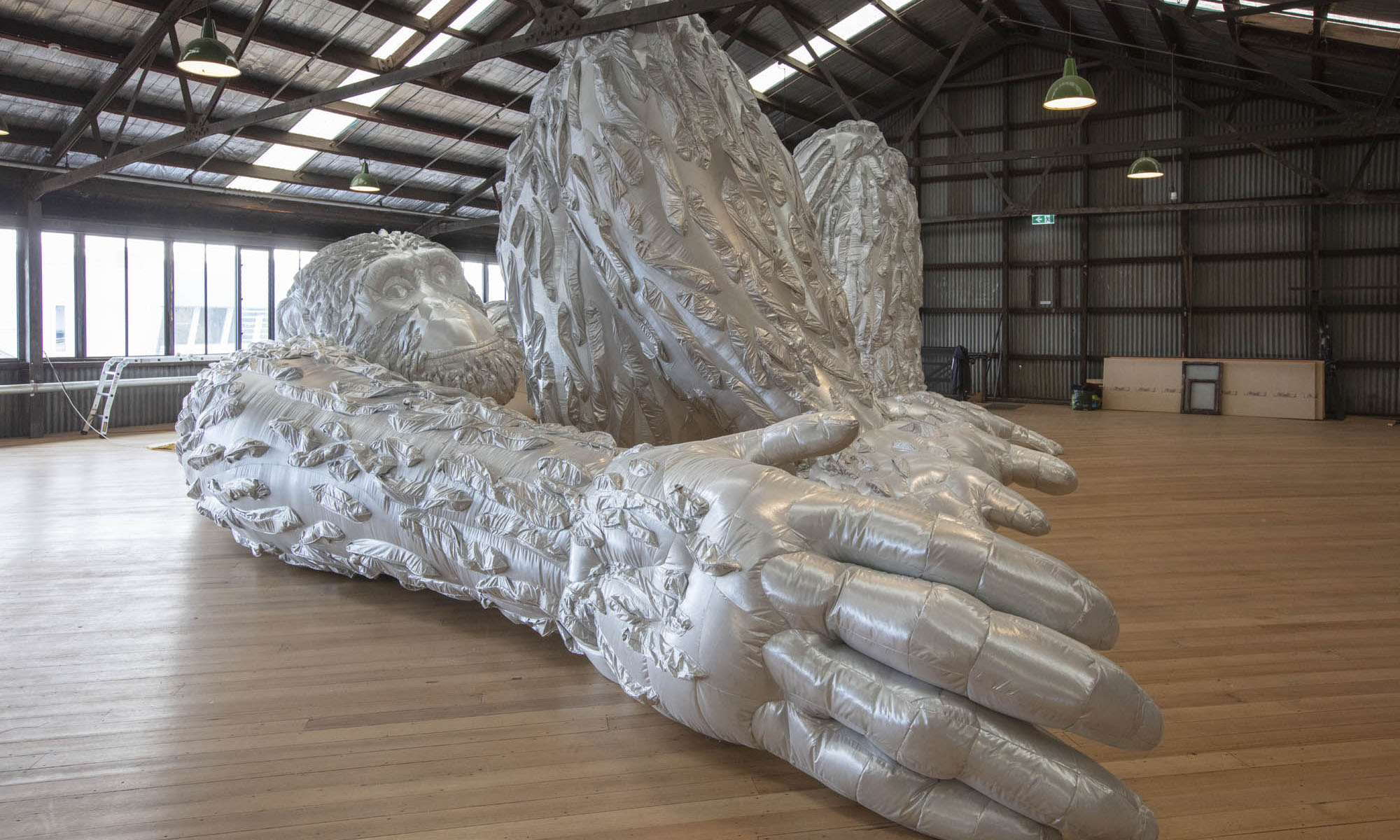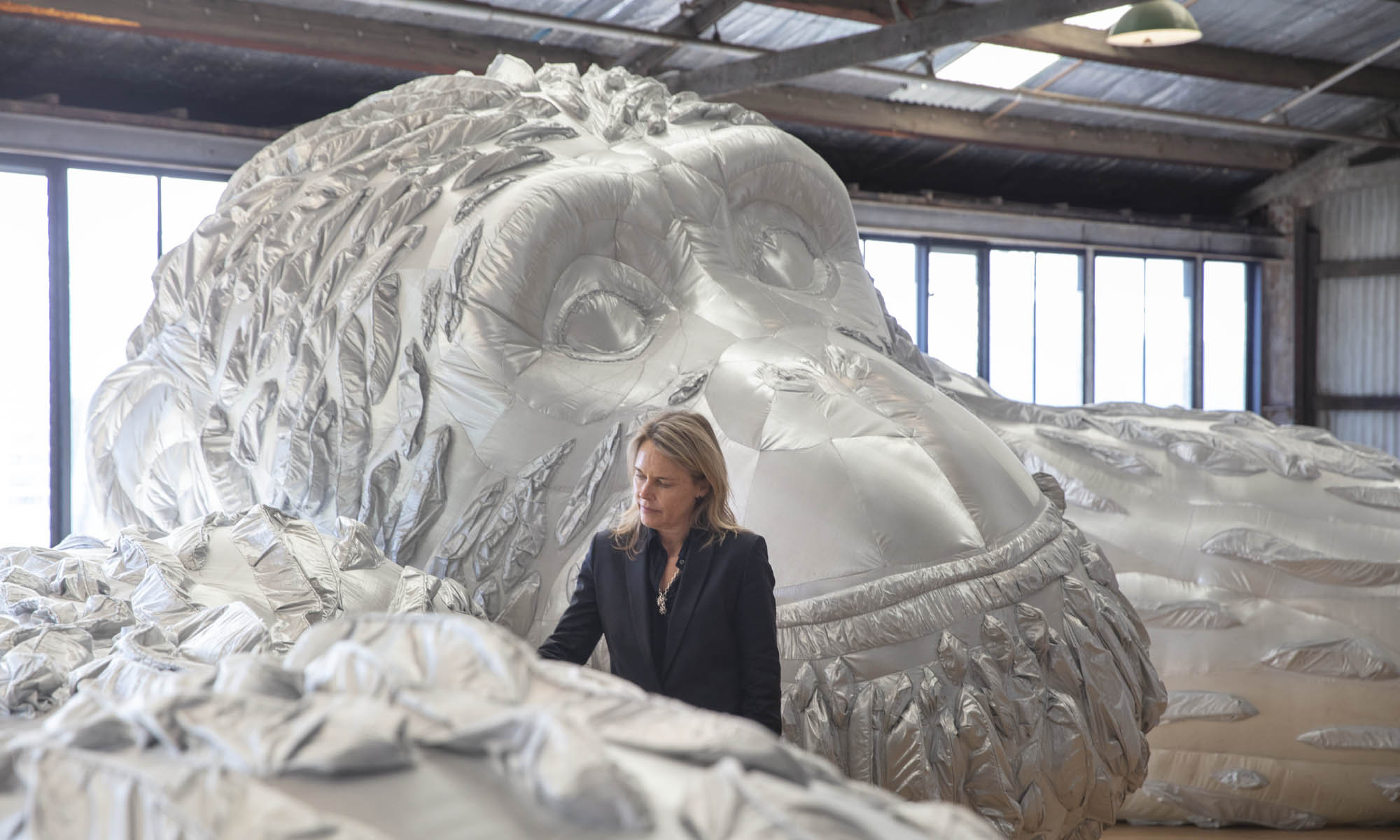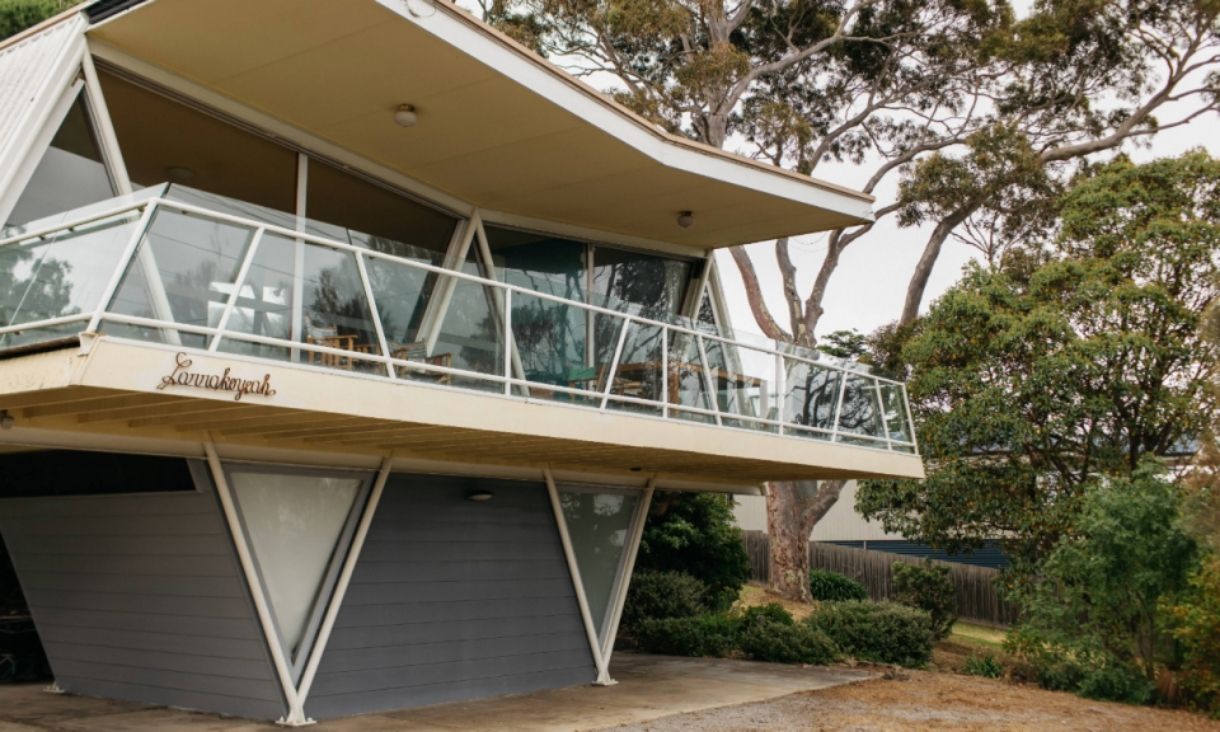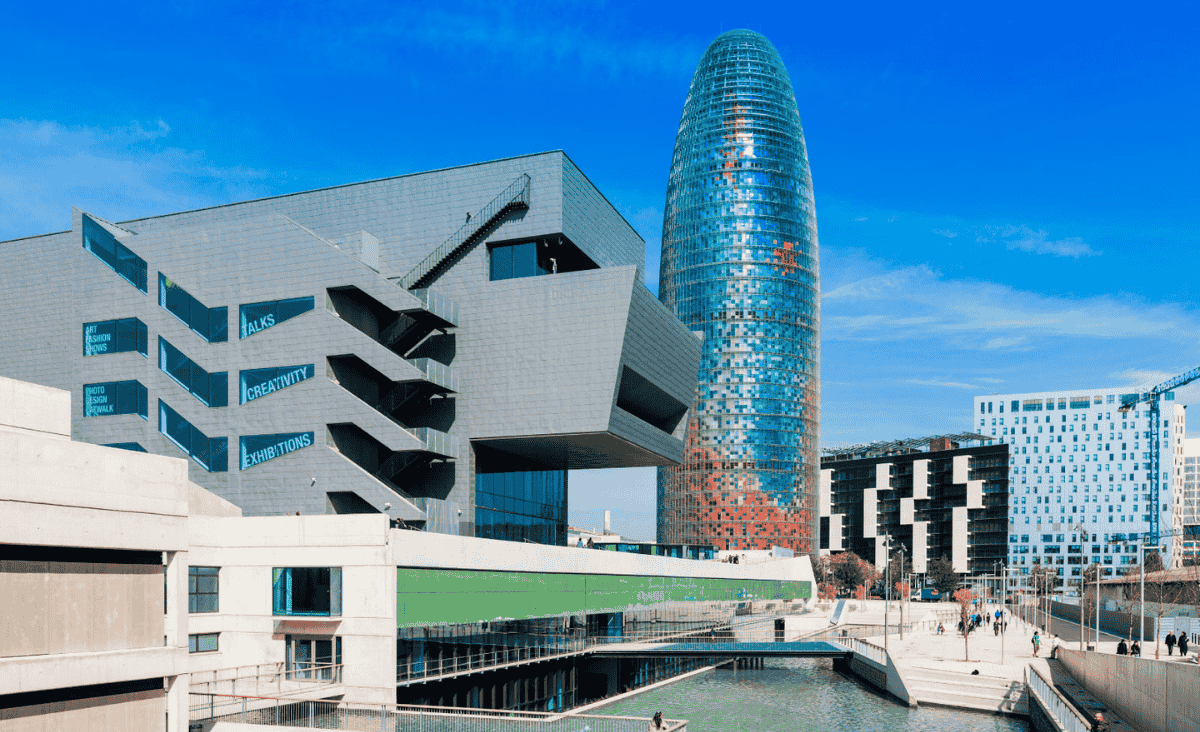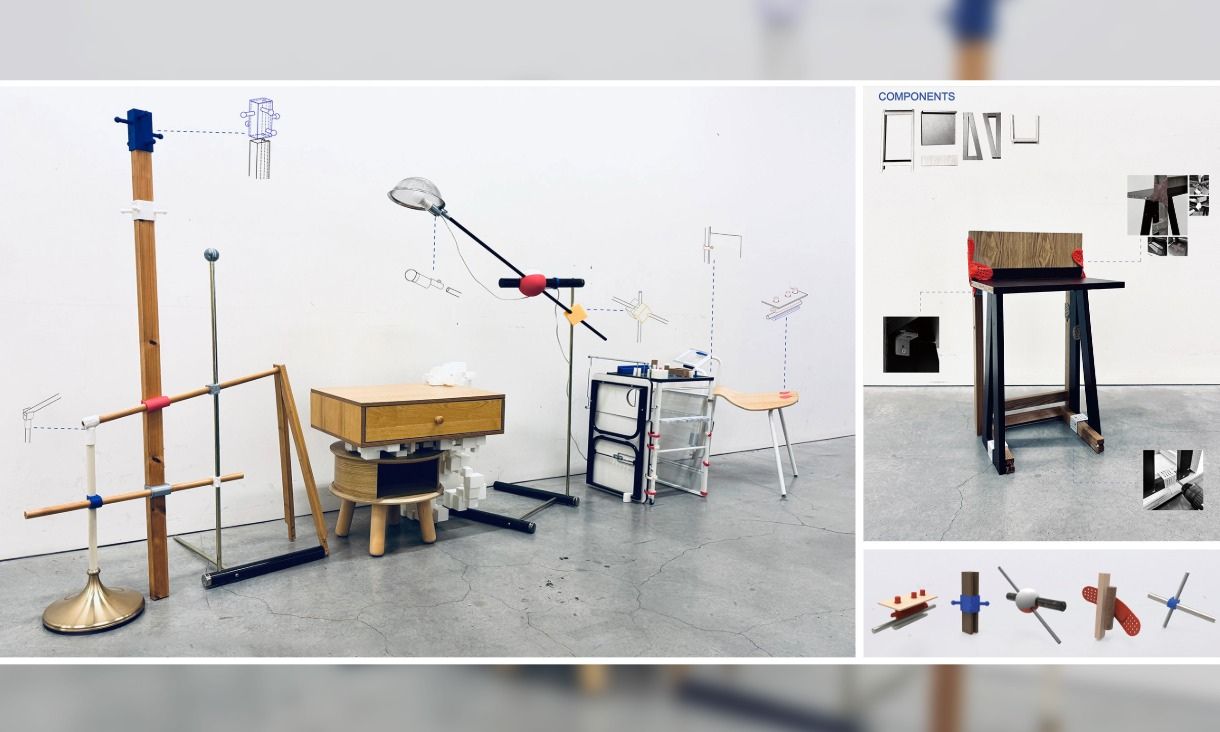New micro-credentials recognise 21st-century skills gained through youth arts programs
Young people who participate in arts programs develop highly sought-after workplace skills – and now they have a way to prove it.
McCraith House Creative Residency Program wraps up a vibrant year of artistic experimentation and collaboration
RMIT’s College of Design and Social Context celebrates a year of creative residencies across literature, design, music, and performance.
RMIT Europe and the Disseny Hub Barcelona (DHub) partner to elevate design practice research
RMIT Europe has signed an agreement with the Disseny Hub Barcelona (Design Museum of Barcelona - DHub) as a venue partner to host selected events during RMIT’s Practice Research Symposium (PRS) Europe, held twice-yearly in Barcelona.
RMIT student wins Best in Category at Victorian Premier’s Design Awards
A sustainable furniture system using digital fabrication techniques and repurposed furniture waste has won Best in Category for Student Design at the Victorian Premier’s Design Awards alongside over twenty RMIT-affiliated projects recognised at this year’s awards.
